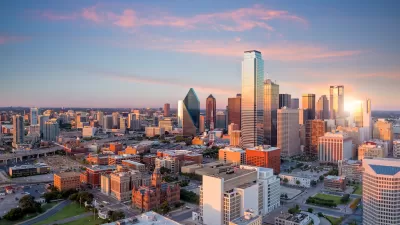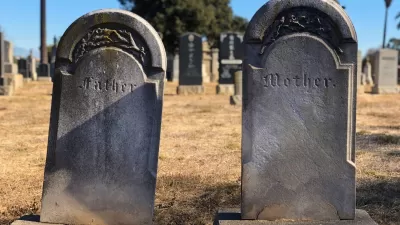The first phase of the High Line is finished and ready for strolling as Mayor Michael R. Bloomberg cut a red ribbon on Monday morning.
"Calling the High Line, which opens to the public on Tuesday, "an extraordinary gift to our city's future," Mr. Bloomberg said, "Today we're about to unwrap that gift." He added, "It really does live up to its highest expectations."
The first portion of the three-section High Line, which runs near the Hudson River from Gansevoort Street to West 20th Street, will be open daily from 7 a.m. to 10 p.m. There are entrances at Gansevoort Street (stairs) and at 16th Street (elevator); exits are located every few blocks.
The High Line project is something of a New York fairy tale, given that it started with a couple of guys who met at a community board meeting in 1999 - Joshua David, a writer, and Robert Hammond, a painter - and discovered they shared a fervent interest in saving the abandoned railroad trestle, which had been out of commission since 1980 and was slated for demolition during the Giuliani administration. That began a decade-long endeavor that involved rescuing the structure and enlisting the Bloomberg administration in its preservation and renovation."
FULL STORY: Renovated High Line Now Open for Strolling

Planetizen Federal Action Tracker
A weekly monitor of how Trump’s orders and actions are impacting planners and planning in America.

Maui's Vacation Rental Debate Turns Ugly
Verbal attacks, misinformation campaigns and fistfights plague a high-stakes debate to convert thousands of vacation rentals into long-term housing.

Restaurant Patios Were a Pandemic Win — Why Were They so Hard to Keep?
Social distancing requirements and changes in travel patterns prompted cities to pilot new uses for street and sidewalk space. Then it got complicated.

In California Battle of Housing vs. Environment, Housing Just Won
A new state law significantly limits the power of CEQA, an environmental review law that served as a powerful tool for blocking new development.

Boulder Eliminates Parking Minimums Citywide
Officials estimate the cost of building a single underground parking space at up to $100,000.

Orange County, Florida Adopts Largest US “Sprawl Repair” Code
The ‘Orange Code’ seeks to rectify decades of sprawl-inducing, car-oriented development.
Urban Design for Planners 1: Software Tools
This six-course series explores essential urban design concepts using open source software and equips planners with the tools they need to participate fully in the urban design process.
Planning for Universal Design
Learn the tools for implementing Universal Design in planning regulations.
Heyer Gruel & Associates PA
JM Goldson LLC
Custer County Colorado
City of Camden Redevelopment Agency
City of Astoria
Transportation Research & Education Center (TREC) at Portland State University
Jefferson Parish Government
Camden Redevelopment Agency
City of Claremont





























